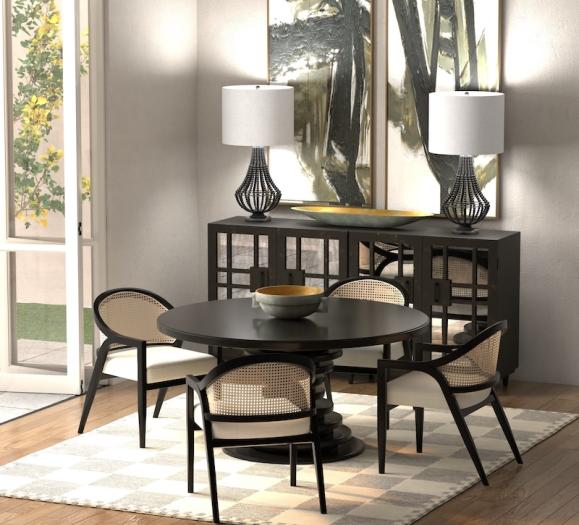Retailers and designers, the LED revolution will be here in three years!
According to new data from the Environmental Protection Agency (EPA) and the Energy Star program, LED light bulbs will become the dominant, go-to bulb in just three short years. By 2020, the LED bulb will see widespread adoption.
Here's what you need to know about this LED revolution and how you can prepare yourself and your clients.
Why the change?
The EPA and Energy Star report highlights two major factors that have contributed to this revolution.
Utility companies across the U.S. have created programs and offered incentives to encourage their customers to use LED bulbs. Some companies provided them with a small supply of these bulbs while others offered coupons to bring down the cost of LED bulbs.
Additionally, utility companies have led the charge in consumer education about LED bulbs and energy-saving technology. By providing consumers with helpful information on LED, CFL and incandescent bulbs, consumers made more energy-conservation choices. Even though LED bulbs were still somewhat expenses, consumers could justify paying the extra cost upfront when it saved them $50 to $100 in energy bills over the course of the year.
Consumers now have an even better reason to start using LED bulbs. Finally, the prices have come down, and now there are plenty of LED bulb options that cost $2 or even $1, and they last 15 times longer than incandescent bulbs, according to the report.
In short, there's no reason not to use an LED bulb.
What this means for retailers and designers?
Retailers, this is your time to shine.
Despite the efforts of utility companies across the country, there's still a lot of misinformation about LED bulbs and LED technology. Retailers who sell LED bulbs should be leading the charge against myths and providing a range of different LED bulbs so consumers can choose ones that fit their lifestyles and their budgets.
More LED bulbs means more consumers will want lighting fixtures that are compatible with LED bulbs. You may want to consider stocking more fixtures that can use LED bulbs as well as fixtures with LED lights already in place.
For designers not familiar with LED technology and the different types of bulbs available, now is the time to start learning. There's a good chance clients will be asking about LED bulbs and how to connect them with their smart devices and home automated systems like Amazon Echo and Google Home.
If you're unfamiliar with these bulbs and their dimming and smart capabilities, check out some of these resources (retailers, it might be wise to brush up on this info as well):
- Energy Efficient Light Bulbs 411: Most information from the American Lighting Assn. is available to members only, but this free guide should help you understand the difference between incandescent and LED bulbs.
- Understanding LED Technology: Philips Lighting's helpful, multi-page guide will brief you on all things LED from retrofits to luminaires. The company's Lighting University also offers webinars.
- Learn About LED Bulbs: EnergyStar.gov's site provides an easy breakdown of LED bulbs. Since most consumers researching LED will probably land on this site, it's probably helpful to read through it, even if the information isn't new to you.
The more you know about LED bulbs, the more prepared you'll be to help your clients make smart choices with their lighting.
Are you ready for an LED revolution? Share your thoughts with us in the comments!
(Photo: Philips Lighting)







